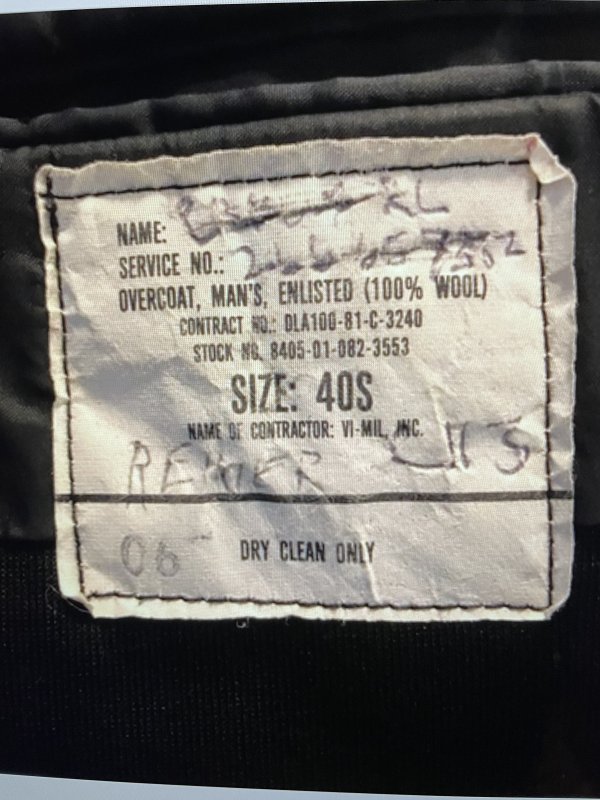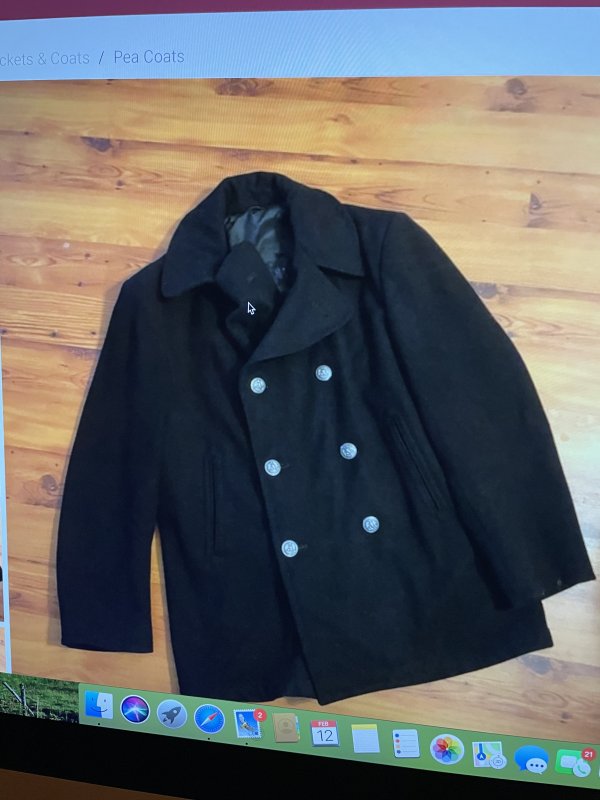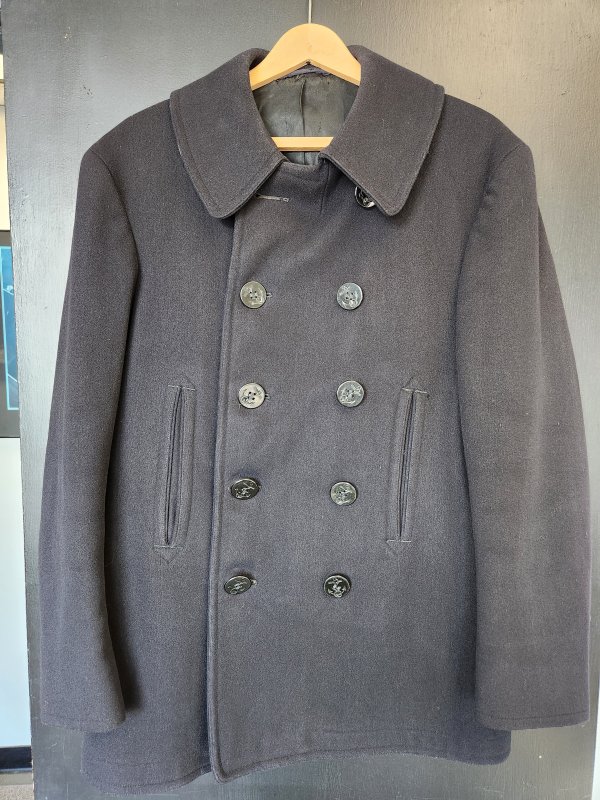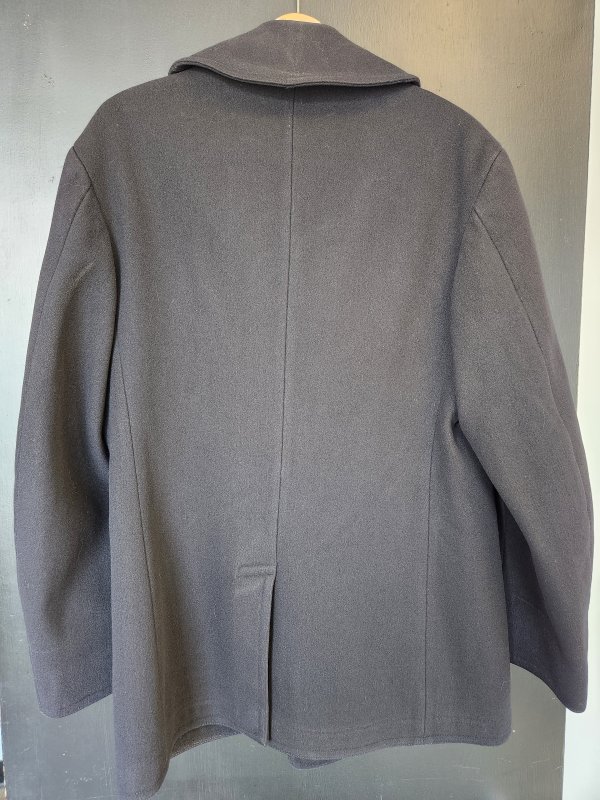- Messages
- 6,312
- Location
- South of Nashville
It is a 1945 coat; Dudley is just trying to confuse us (me) again. Seldom am I confused in this thread, but that was before Dudley came along.Interesting. Will definitely report back. I think this one dates to 1945 considering it has "100% wool ornamentation" and anchors in the corners of tag. I could be wrong though, that's just what I got from the dating guide.
He needs a little good natured ribbing.



